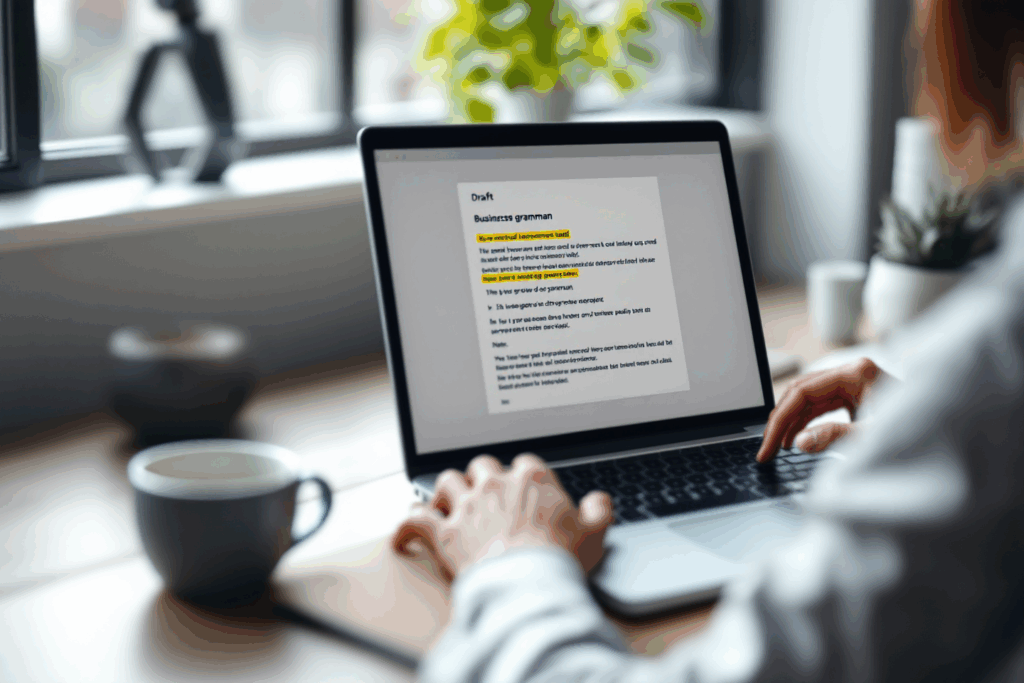
Present Simple Tense 1
English Blogs “Let’s Learn, Explore, and Connect to the World” Present Simple Tense 1 I. Introduction to the Present Simple Tense in English Mastering the


The present continuous tense is incredibly versatile, serving various functions in English communication. Understanding its applications is crucial for effectively conveying different nuances of ongoing actions and situations.
One of the primary uses of the present continuous tense is to describe actions that are happening right now, at the moment of speaking. This helps in creating a sense of immediacy and involvement in the conversation.
Examples:

I am typing an email.

She is cooking dinner at the moment.
The present continuous is also used for actions or situations that are temporary, even if not happening at the exact moment of speaking. This use highlights the temporary nature of the situation.
Examples:

He is working on a temporary project.

They are living in Paris for the summer.
This tense can indicate future plans or arrangements, especially when they are definite and have been planned in advance.
Examples:

We are visiting our grandparents next weekend.

She is starting a new job next month.
When combined with ‘always’, the present continuous can express frustration or annoyance at repeated actions, often implying that the action is excessive or undesirable.
Examples:

He is always losing his keys.

They are always arguing about the same thing.
Lastly, the present continuous can be used to describe changes that are currently in progress, especially in broader contexts like social trends or environmental changes.
Examples:

The world’s climate is changing rapidly.

People are becoming more aware of health and fitness.
 The present continuous tense, with its wide range of applications, is a fundamental aspect of conversational and written English. Its ability to describe ongoing actions, temporary situations, future plans, express annoyance, and indicate changes makes it an indispensable tool in the English language. Grasping these varied uses enhances one’s ability to engage in more dynamic and nuanced communication.
The present continuous tense, with its wide range of applications, is a fundamental aspect of conversational and written English. Its ability to describe ongoing actions, temporary situations, future plans, express annoyance, and indicate changes makes it an indispensable tool in the English language. Grasping these varied uses enhances one’s ability to engage in more dynamic and nuanced communication.

English Blogs “Let’s Learn, Explore, and Connect to the World” Present Simple Tense 1 I. Introduction to the Present Simple Tense in English Mastering the

English Blogs “Let’s Learn, Explore, and Connect to the World” Present Simple Tense 2 II. Understanding the Present Simple Tense Definition and Structure At its
Master conversation with ‘Comic Collections’ (Book 2) by Cassia North. A fun, insightful guide to professional and casual communication, packed with engaging comics and practical tips for every interaction!



